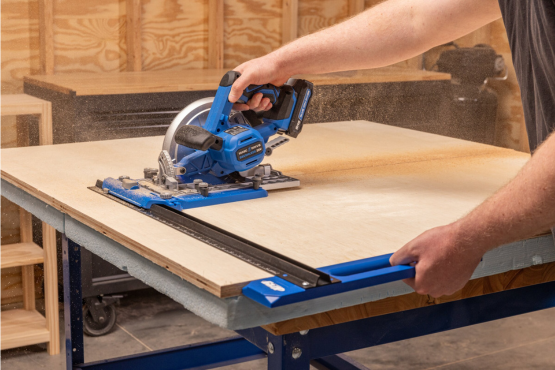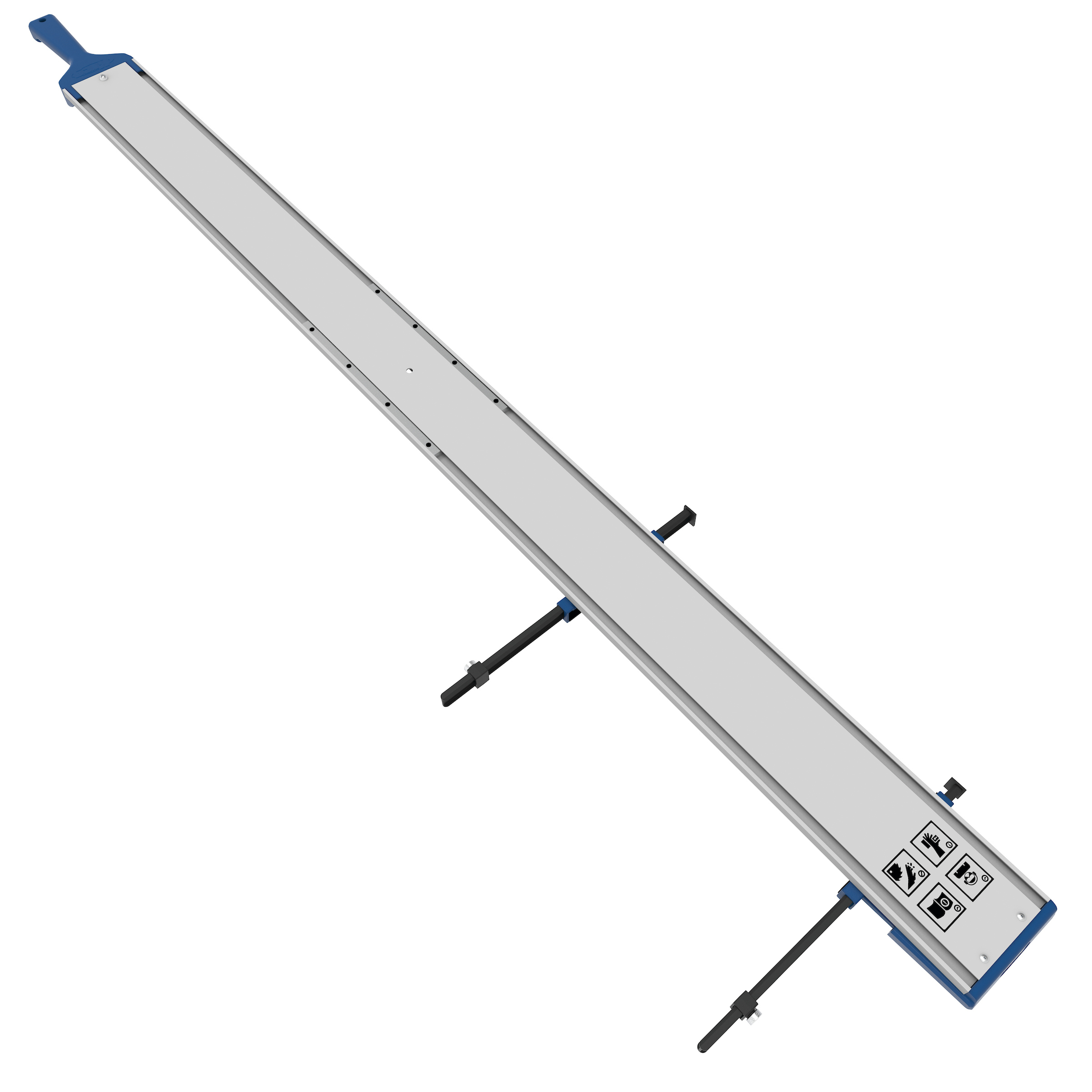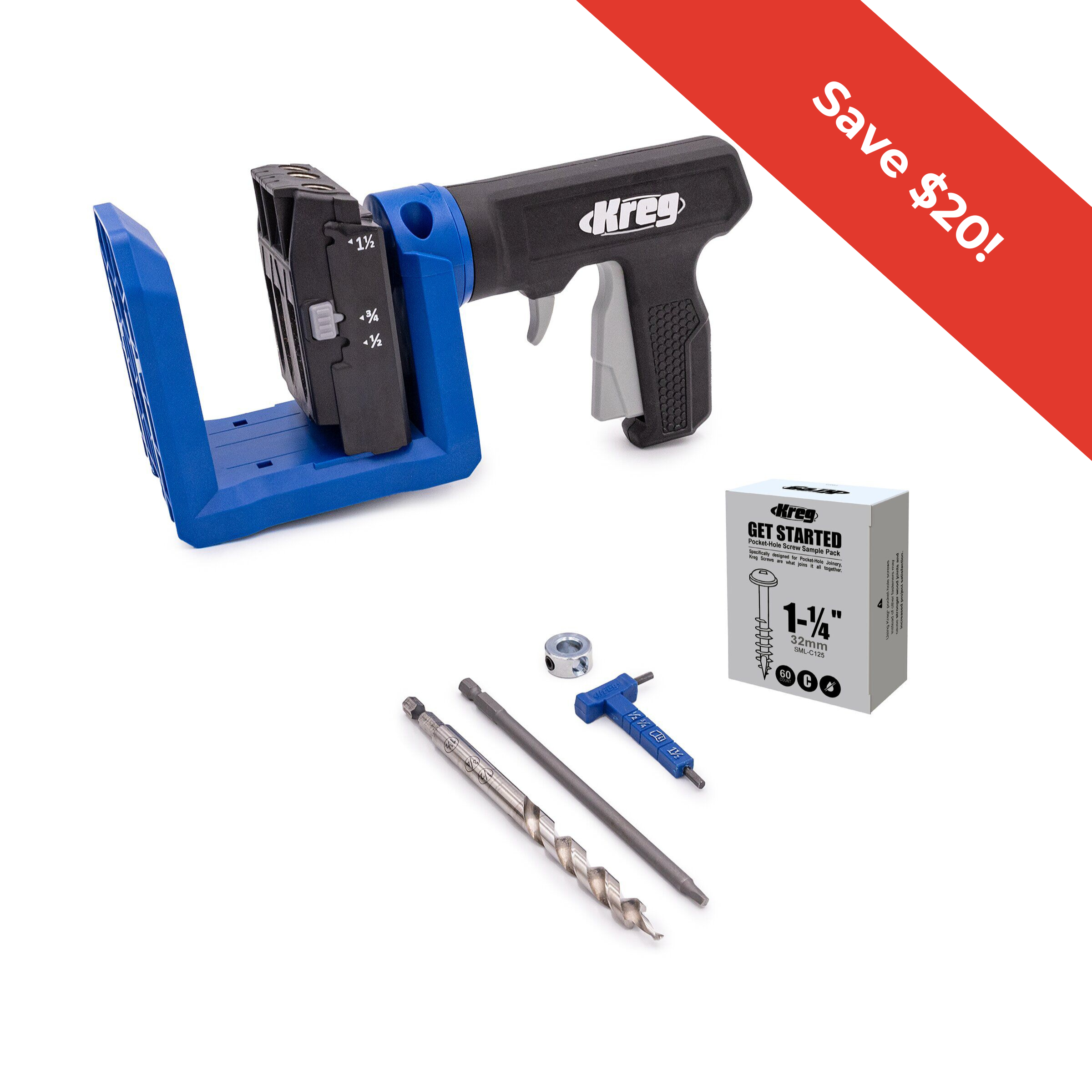Plywood stands as a versatile cornerstone in woodworking, a material crafted from layers or plies of wood veneer bonded together with adhesives. This construction imparts plywood with a unique blend of strength, stability, and flexibility, making it a fundamental choice for a myriad of woodworking projects. Aspiring woodworkers, DIY enthusiasts, and construction professionals alike are confronted with a vast array of plywood types, each tailored to specific needs and applications. This article aims to be your comprehensive guide to the various types of plywood, shedding light on their characteristics, applications, and the critical factors influencing your choice.
Types of Plywood
Different types of plywood include structural, hardwood, softwood, lumber core, MDF core, exterior, marine, ApplePly®, and aircraft plywood.
Structural Plywood
Structural plywood is engineered for strength and stability, making it a cornerstone in construction projects. Composed of layers of wood veneer and bonded with adhesives, this plywood type is ideal for load-bearing applications. Common uses include sheathing, subflooring, and other structural components in construction.
Hardwood Plywood
Crafted from hardwood veneers like oak, birch, or maple, hardwood plywood is renowned for its durability and aesthetic appeal. Its versatility makes it a preferred choice for furniture making, cabinetry, and decorative projects where strength and a pleasing appearance are important.
Softwood Plywood
Sourced from coniferous trees such as pine and spruce, softwood plywood strikes a balance between strength and cost-effectiveness. Widely used in construction for roof sheathing, wall panels, and non-structural applications, softwood plywood is both accessible and affordable.
Lumber Core Plywood
Lumber core plywood distinguishes itself with a core made of solid wood strips, enhancing its strength and stability. This type of plywood excels in projects involving extensive screwing, offering impressive screw-holding capabilities, and is favored in furniture construction, particularly in scenarios where a solid wood edge is desired. It combines the benefits of solid wood and plywood, offering a robust solution for various woodworking projects.
MDF Core
Medium Density Fiberboard (MDF) core plywood features an MDF center, providing a smooth and stable surface. Ideal for applications demanding a sleek finish, such as cabinets and furniture, MDF core plywood ensures a uniform composition and a polished final appearance.
Exterior Plywood
Exterior plywood is tailored to endure exposure to the elements, fortified with water-resistant adhesives. Suited for outdoor projects like fences, siding, and other exterior applications, it stands resilient against moisture and weathering, acting as a protective shield for structures facing the challenges of the open air.
Marine Plywood
Engineered for enhanced moisture resistance, marine plywood is a critical player in boat construction and other water-exposed environments. Its waterproof nature makes it indispensable in marine applications, ensuring the longevity and structural integrity of boats. Marine plywood sets the standard for plywood in high-moisture conditions.
ApplePly®
ApplePly is a premium hardwood plywood known for its uniform thickness and exceptional stability. Commonly used in furniture making, cabinetry, and architectural millwork, ApplePly is revered for its reliability and consistency. Its unmatched quality makes it a top choice for discerning woodworkers seeking excellence in their projects.
Aircraft Plywood
Crafted to meet rigorous aerospace industry standards, aircraft plywood strikes a delicate balance between strength and weight. Deployed in the construction of aircraft components and other weight-sensitive applications, it exemplifies precision engineering. Its adherence to stringent standards ensures safety and performance in aviation and aerospace contexts.
What is the Sturdiest Plywood?
The sturdiness of plywood depends on various factors, including the type of wood used, the number of layers (plies), the quality of the adhesive used in bonding the layers, and the manufacturing process. In general, hardwood plywood tends to be sturdier than softwood plywood. Among hardwood plywood, birch and oak are commonly known for their strength and durability.
1. Marine Plywood
Marine plywood is designed for use in applications where the wood will be exposed to moisture, such as in boat construction. It is typically made with high-quality hardwood veneers and uses waterproof adhesive. Marine plywood is known for its durability and resistance to water, making it suitable for applications where other types of plywood might degrade in the presence of moisture.
2. Baltic Birch Plywood
Baltic birch plywood is made from birch veneers and is known for its high number of plies and void-free core. It usually has more plies than traditional plywood, providing increased strength and stability. Baltic birch plywood is often used in applications where strength and stability are crucial, such as in furniture making and cabinetry.
3. Hardwood Plywood (Oak, Maple, etc.)
Plywood made from hardwood veneers, such as oak or maple, tends to be sturdy and durable. The specific characteristics depend on the hardwood used and the manufacturing process. Hardwood plywood is often used in furniture, cabinets, and other applications where a strong and aesthetically pleasing material is required.
What is high-quality plywood?
High-quality plywood is characterized by smooth surfaces, minimal defects, and superior craftsmanship, often found in higher grades such as A or AA.
What plywood is least likely to warp?
Marine plywood, designed for water exposure, is least likely to warp due to its durable construction and resistance to moisture.
What is the best plywood for outdoor use?
Exterior plywood, treated for weather resistance and bonded with water-resistant adhesive, is the best choice for outdoor use.
Which plywood is most waterproof?
Marine plywood, engineered specifically to resist moisture and water, is the most waterproof plywood.
What kind of plywood stays flat?
Baltic birch plywood, known for its high number of plies and solid construction, is a type of plywood that tends to stay flat and resist warping.
Plywood Thickness
What are the thicknesses of plywood?
The three common thickness categories for plywood are three-ply, five-ply and multi-ply.
Three-Ply
Characterized by three layers of veneer, three-ply plywood offers flexibility and versatility. Ideal for lightweight projects, three-ply plywood finds its niche in DIY furniture, decorative panels, and other applications where flexibility is a key consideration.


Five-Ply
Stepping up in strength and stability, five-ply plywood comprises five layers of wood veneer. Widely used in construction for shelving, cabinets, and other medium-duty applications, five-ply plywood strikes a balance between versatility and structural integrity.
Multi-Ply
Going beyond three- and five-ply, multi-ply plywood boasts a higher number of layers, delivering exceptional strength and stability. Tailored for heavy-duty applications such as flooring, concrete forms, and structural components, multi-ply plywood stands as a robust choice for projects demanding superior strength and durability.

Plywood Grading
What are the Four grades of plywood?
There are four grades of plywood — A, B, C, and D. Plywood grades differ based on appearance and structural qualities, ranging from Grade A with minimal defects suitable for high-end applications, to Grade D intended for structural purposes where appearance is of lesser importance.
A Grade
A Grade plywood showcases a smooth, sanded surface with minimal defects, making it ideal for visible applications. Its flawless appearance finds resonance in high-end furniture, cabinets, and projects where aesthetics take center stage. A Grade plywood elevates the visual appeal of woodworking projects.
B Grade
Offering a balance between appearance and structural integrity, B Grade plywood may exhibit some visible defects. Commonly used in construction for sheathing, roofing, and other applications where appearance is important but not the primary focus. B Grade plywood finds its footing in projects where functionality is paramount.
C Grade
Embracing more visible defects, C Grade plywood prioritizes structural robustness. Used in structural applications where appearance is secondary, such as subflooring and sheathing. C Grade plywood stands resilient in scenarios where structural integrity is the primary concern.
D Grade
With visible defects accepted, D Grade plywood is tailored for applications where appearance holds little importance. Often used in temporary construction, such as concrete forms, where the primary consideration is functionality rather than aesthetics. D Grade plywood finds its utility in projects where appearance is inconsequential.
Which plywood grade would look best?
A Grade plywood looks the best because it is characterized by a smooth, sanded surface with minimal defects, offering an aesthetically pleasing appearance suitable for high-end furniture, cabinets, and projects where visual appeal is a primary consideration.
What is the cheapest type of plywood to buy?
D grade plywood is the cheapest type to buy because it allows for more visible defects, making it suitable for structural applications where appearance is of lesser importance; its affordability is attributed to the lower aesthetic standards, making it a cost-effective option for construction purposes.
Tips for Choosing the Right Plywood
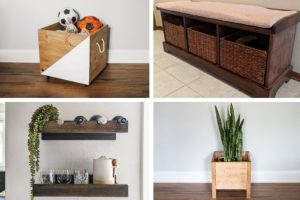
Assessing Project Requirements
Consider load-bearing needs: For structural projects, opt for plywood with high load-bearing capabilities. Structural or marine plywood may be suitable, depending on the moisture exposure.
For visible projects like furniture or cabinets, prioritize the appearance of the plywood. Hardwood or A Grade plywood might be preferable.
Assess whether the project will be exposed to moisture, extreme temperatures, or other environmental factors. Choose plywood with the appropriate resistance characteristics.
Understanding the Environment and Conditions
In areas prone to moisture or frequent weather exposure, opt for marine plywood or exterior plywood. Their water-resistant properties safeguard against warping and degradation.
For projects in environments with significant temperature fluctuations, consider plywood with stability features to minimize expansion and contraction.
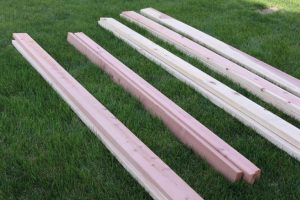
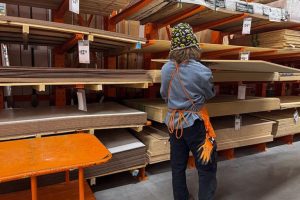
Consulting with Suppliers and Experts
Plywood suppliers possess valuable insights into the specific characteristics and applications of their products. Consult with them to make informed decisions based on your project’s unique requirements.
Seek guidance from woodworking experts or professionals who have experience with different types of plywood. Their expertise can help you navigate the nuances of plywood selection and application.



